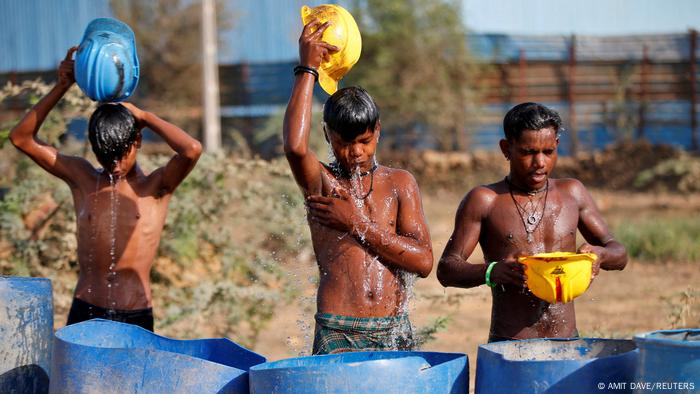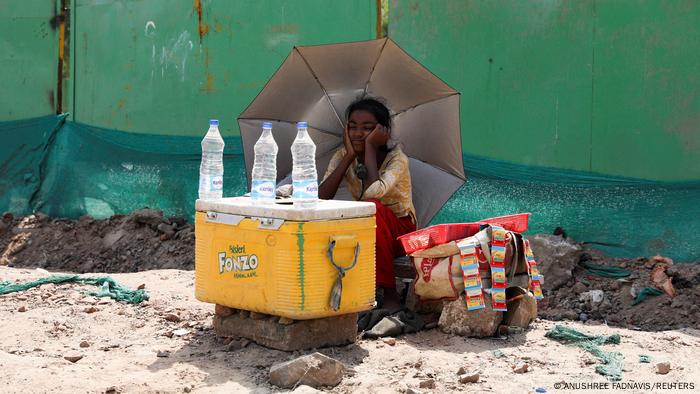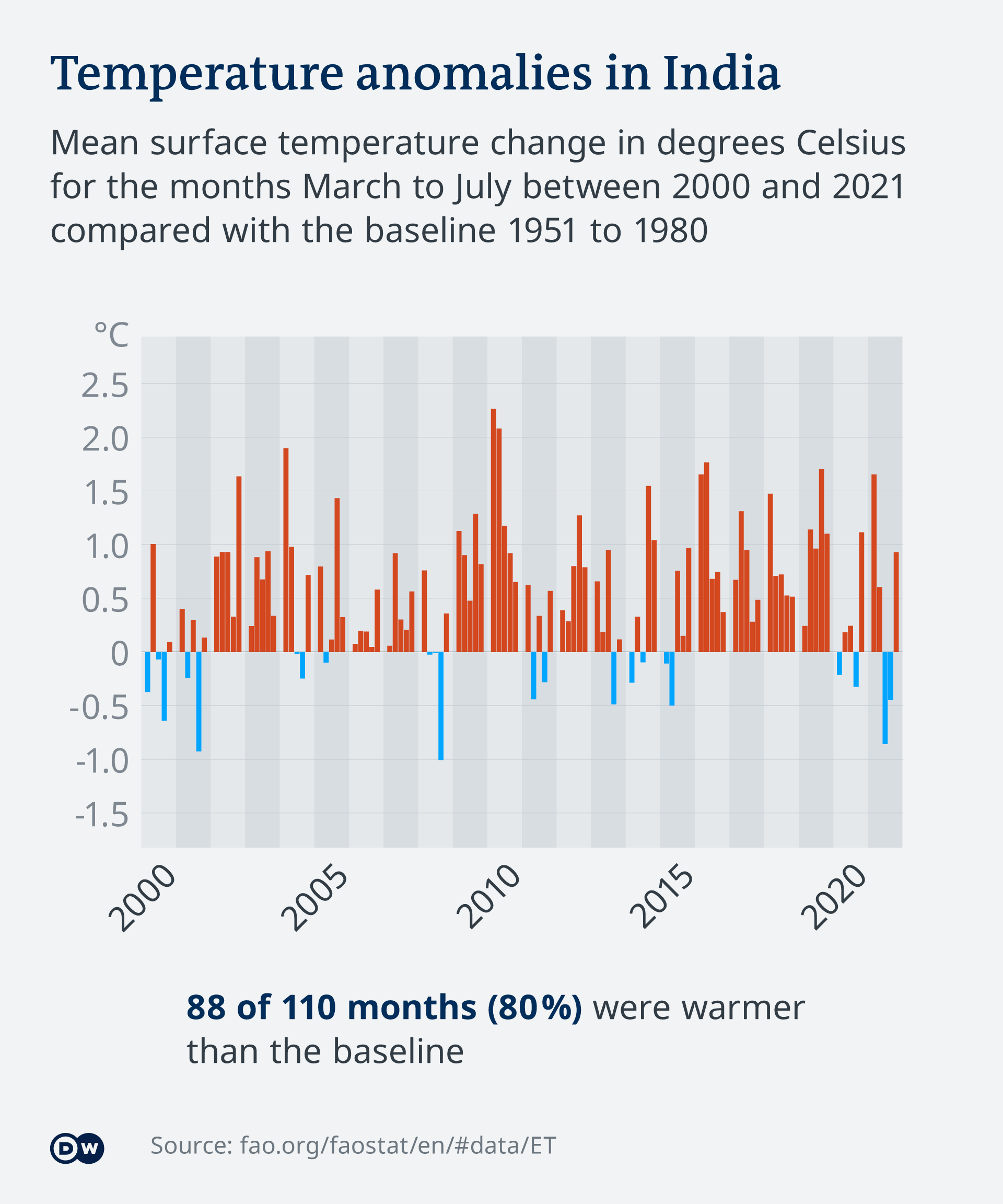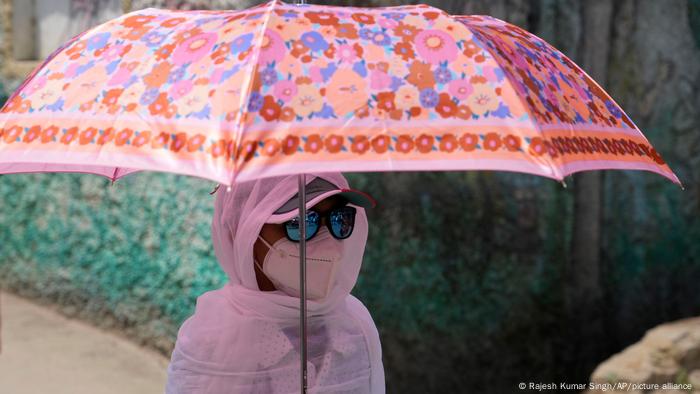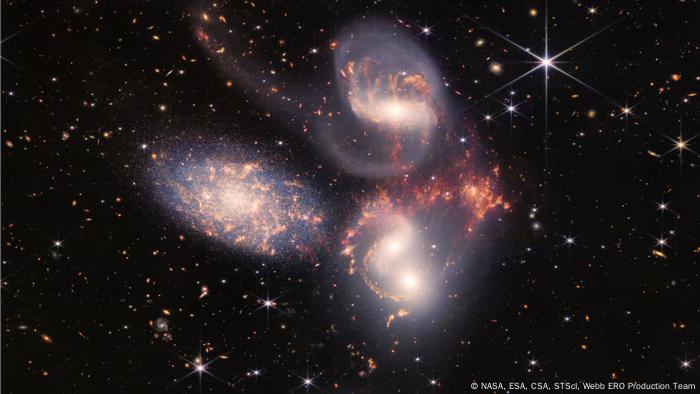What a sinking euro means for consumers in Europe and US
As the euro slumps to parity with the US dollar, currency traders say the slide is unlikely to stop there. While a weakened euro should worry European consumers, US travelers visiting Europe could benefit.

A weak euro will further drive up inflation in the eurozone
The euro has taken a major beating against its US peer since Russia's invasion of Ukraine in February, falling to its lowest level in 20 years as surging gas prices and uncertainty around the Russian energy supply stoke recession fears in the eurozone.
The shared European currency fell to as low as $0.9998 on Wednesday — a swift slide from the $1.15 level before Russia launched the war in Ukraine. The sharp drop means the euro has hit parity against the US dollar for the first time since late 2002.
Why is the euro falling?
The general worsening of the eurozone's outlook amid soaring gas prices and fears of Russia cutting off natural gas supplies is dragging down the shared currency. The oversized reliance of major economies such as Germany and Italy on Russian gas has left investors unnerved, with economists forecasting a much quicker and more painful recession in the euro area than in the US.
Added to that is the difference in interest rate levels in the US and the eurozone. The US Federal Reserve has been raising interest rates aggressively to bring down inflation, while the European Central Bank (ECB) has so far resisted steep hikes.
"The interest rate in the US is expected to go up to 3% versus 1% in Europe. So, the money would go to the place with a higher yield," Carsten Brzeski, chief economist for Germany and Austria at ING, told DW.
The US dollar is also benefiting from its safe-haven appeal. Amid all the gloom and doom and uncertainty around the global economy, investors are taking comfort in the relative safety the dollar offers being less exposed to some of the big global risks right now.
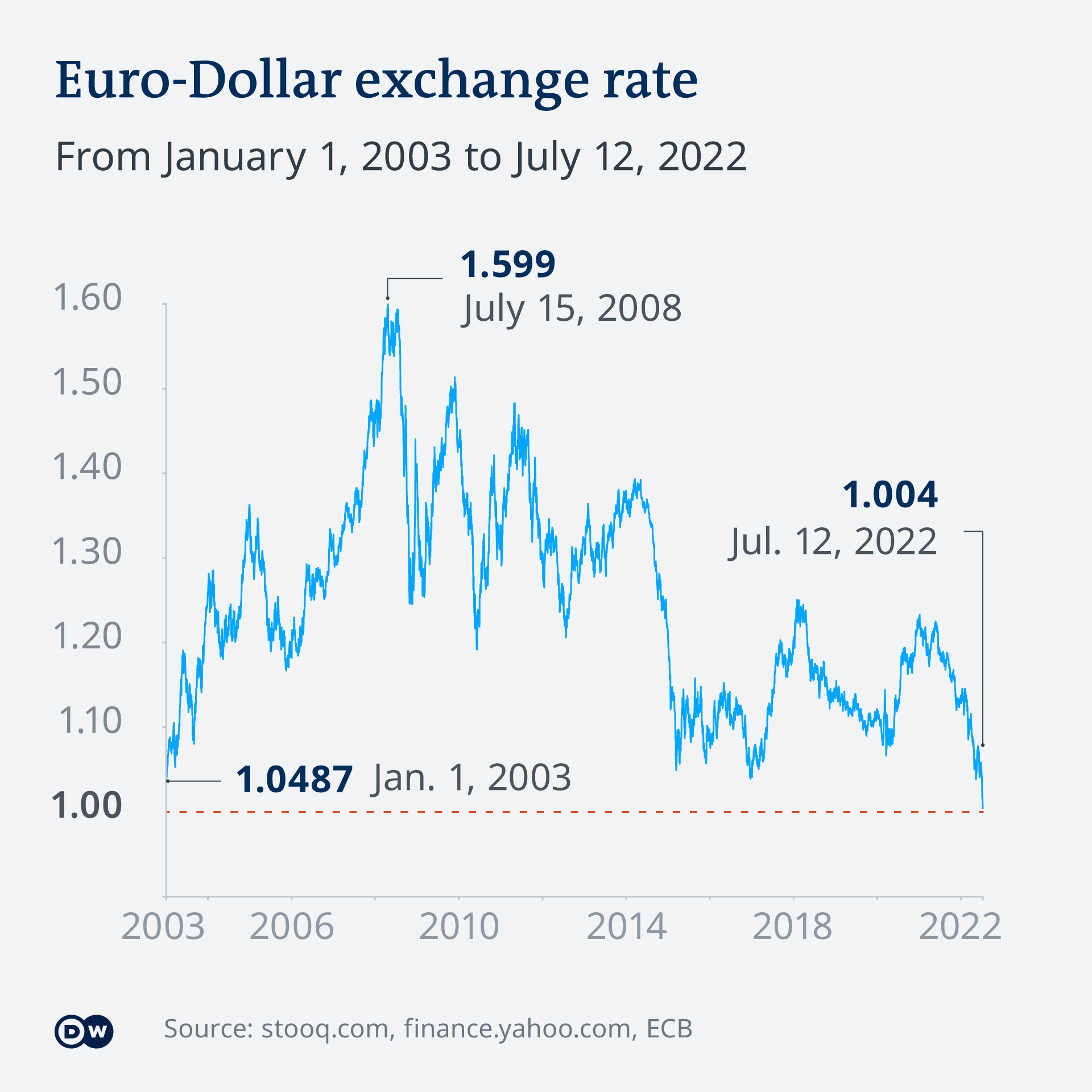
What is dollar parity and why is it a big deal for the euro?
Parity basically means that $1 buys €1. It is nothing more than a psychological threshold for market participants who are well-known for their fondness for round figures.
"Financial markets always love to find some kind of symbolic meaning," Brzeski said.
Viraj Patel, a foreign exchange strategist at Vanda Research, said the parity level could be a point at which the euro bulls and bears lock horns to determine which way the currency goes from there.
"More recently, we've started to see investors betting on the euro falling below parity. But you can equally imagine that more investors will start buying euros as we get closer to that level," he told DW.
How does a weaker euro impact consumers?
A sliding euro will add to the burden on European households and businesses already reeling from record-high inflation. A weaker currency would make imports, which are mostly denominated in dollars, more expensive. When those items are raw materials or intermediate goods, their higher costs can further drive up local prices.
In normal times, a weak currency is viewed as good news for exporters and export-heavy economies such as Germany, because it boosts exports by making them cheaper in dollar terms. But then these are hardly normal times thanks to global supply chain frictions, sanctions and the war in Ukraine.
"In the current situation with geopolitical tensions, I think the benefits from a weak currency are smaller than the disadvantages," Brzeski said.
For US travelers heading to Europe this summer though, a weak euro is a blessing. For example, at the parity level, theoretically they would be able to exchange their $1,000 for €1,000 instead of less than €900 in February. In other words, their dollar would be worth a lot more. For businesses importing European goods, things would be cheaper in dollar terms.
Where is the euro's bottom?
Bets that the euro would continue its fall below parity have increased in recent days as the energy crisis in Europe worsens.
"The euro is trading as if a crisis in Europe is on the doorstep. So, you need to see more bad news now in terms of that whole narrative around gas supplies and potentially geopolitics for the euro to weaken beyond parity," Patel said.
Nomura International strategists forecast that the euro could fall to as low as $0.95. Deutsche Bank's head of foreign exchange research, George Saravelos, has a similar prediction. A "move down to $0.95-$0.97 would match the all-time extremes seen in exchange rates since the end of Bretton Woods in 1971," he wrote in a July 6 note to clients.
What does a weaker euro mean for the ECB?
A weak euro and the additional inflation that it brings adds to the challenges of the ECB, which is already under scrutiny for being slow off the blocks in its fight against inflation.
To make matters worse for the central bank that has the mandate to tame inflation, the euro hasn't just weakened against the dollar but also against other currencies like the Swiss franc and the Japanese yen.
"This is now starting to become a bit more broad-based euro weakness and therefore it becomes more of an inflation problem for the ECB," Patel said.
The ECB intends to raise its benchmark interest rates by 25 basis points next week, its first increase in over 10 years.
"A weaker euro supports the view of a more aggressive rate hike," Brzeski said. "The argument behind it would be that if we go for a 50 basis points hike next week rather than 25, that could immediately stop the fall of the euro because it would surprise financial markets."
However, some experts say an economic downturn will put the bank in a bind, holding it back from any aggressive monetary policy tightening. That in turn would ensure that interest rates in the eurozone remain suppressed vis-a-vis the US. Such an expectation is already playing a role in the euro's fall.
Edited by: Tim Rooks
